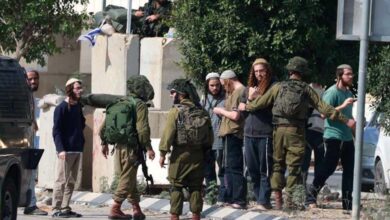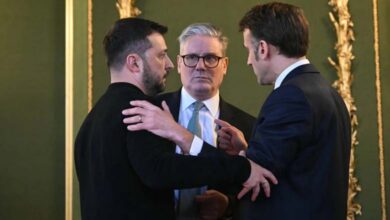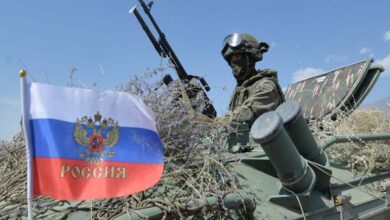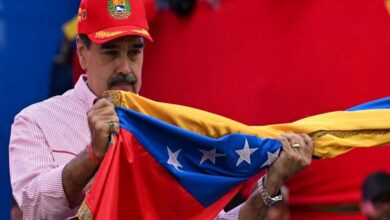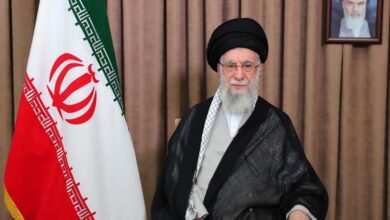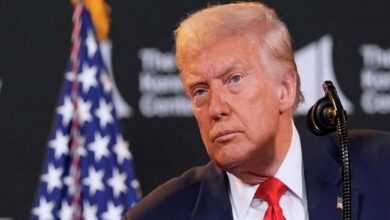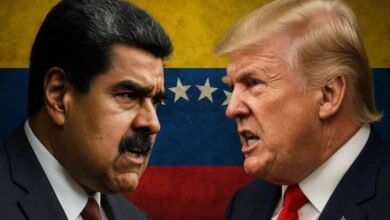Political crisis in Iraq: 3 possible scenarios
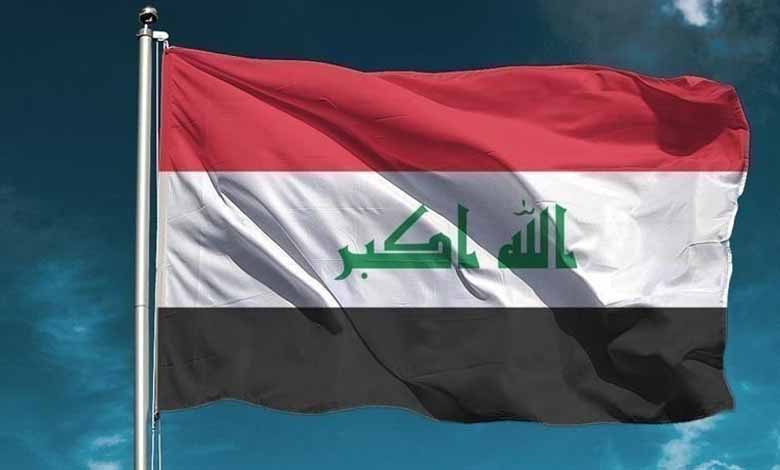
An American website monitored the developments of the Iraqi crisis and its movement in the coming period, indicating that the country is facing three possible scenarios, the worst of which is a “Shiite-Shiite war”.
The Stratfor report, which is close to the US intelligence complex, reviewed recent events in Iraq, including the storming of the parliament building by Sadrist supporters, their demands for new elections and political reforms, the organization of counter-demonstrations by their opponents within the coordination framework, and Prime Minister Mustafa al-Kadhimi’s call for a national dialog between the two parties to alleviate the crisis.
“The current standoff represents an escalation of the months-long power struggle to form a government and highlights the daunting challenge of revising Iraq’s political quota system”, the report said.
The US report indicated that Al-Sadr apparently decided to “inflame the dispute shortly before the Ashura anniversary, with the escalation of the feelings of his followers with the aim of boosting their numbers during the sit-in in the parliament”.
According to Stratfor, the U.S. website, the al-Kadhimi government will try to convince the contending parties to join the political dialog he proposed in order to prevent violence, including violent demonstrations or limited confrontations by militias, or the more extreme scenario of civil war.
The report predicted three possible scenarios for the Iraqi crisis and the repercussions of its eruption in the near future. The first was the continuation of the disagreement between the Sadrists and the coordination framework for weeks and perhaps months, which hinders the election of a new president and hinders policy-making.
The report suggested that this situation could provide opportunities for other parties to the negotiating process, including the Sunni and Kurdish leaderships, to propose coalitions that might be satisfactory to both the Sadrists and the coordination framework.
The second scenario is that “the national dialog can take place in this scenario, but only with the participation of both parties at a very superficial level, so this scenario is unlikely to lead to a systemic change”.
“If an outside power decides to intervene, this scenario could see the most rapid resolution”, the report said, adding that Iran is the main foreign player with influence given that the two main players are Shia blocs.
“Tehran also continues its regular dialog with Iraqi officials, especially militia leaders funded and trained by the Iranian Revolutionary Guard, such as Hezbollah brigades and Asaïb Ahl al-Haq”, it said.
“Tehran could send officials to negotiate with its allies within the coordination framework, which could help ease the impasse if the Iranians consider the current situation as detrimental to their interests, and decide to live with the results of the October 2012 elections as preferable to holding new elections that could lead to Iran losing its influence,” the report said.
The report went on to say that the United States and other Western governments wield considerable influence in Baghdad thanks to their economic and security support for the country’s authorities, so these ties lie primarily with Sunni and Christian parties, rather than with national leaders such as al-Sadr, who rejects Western influence, or Iranian-leaning leaders such as Nouri al-Maliki, for example, which means that Washington lacks much potential to have an impact on the current clash.



